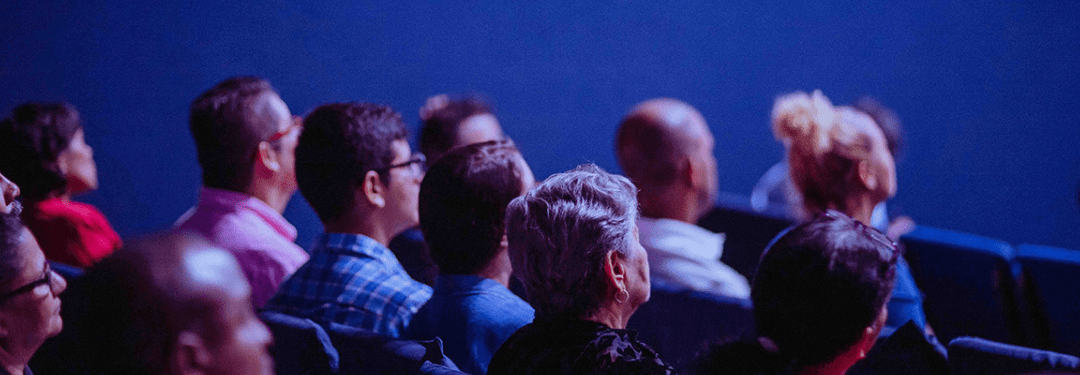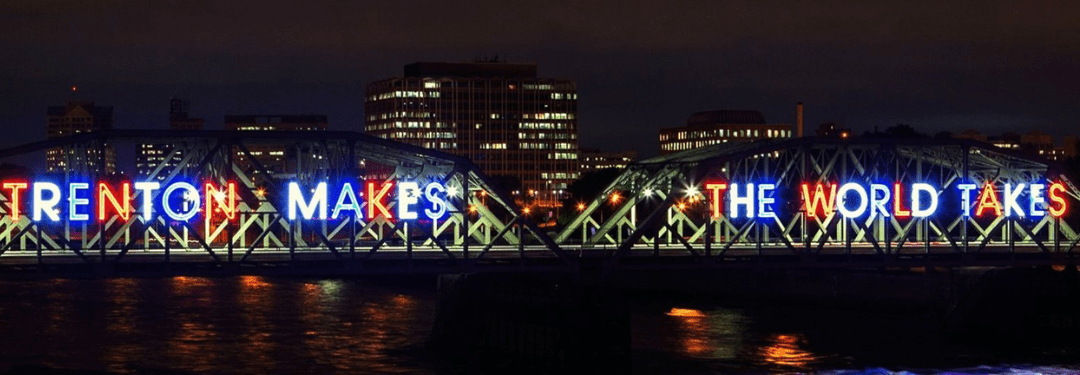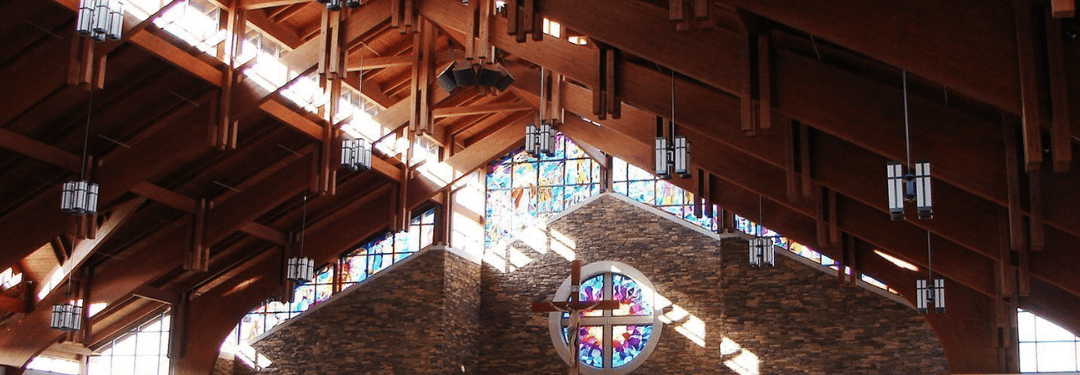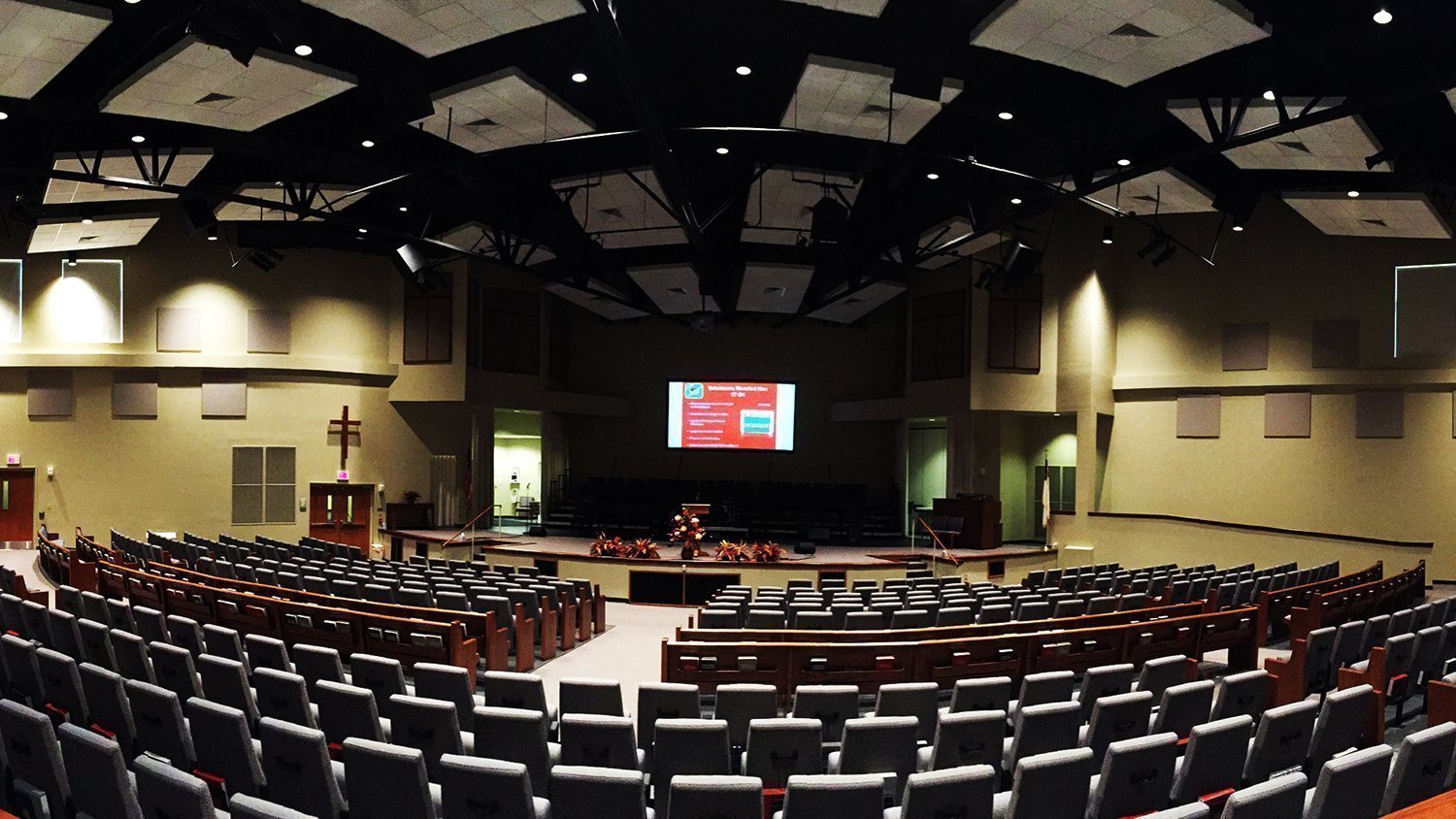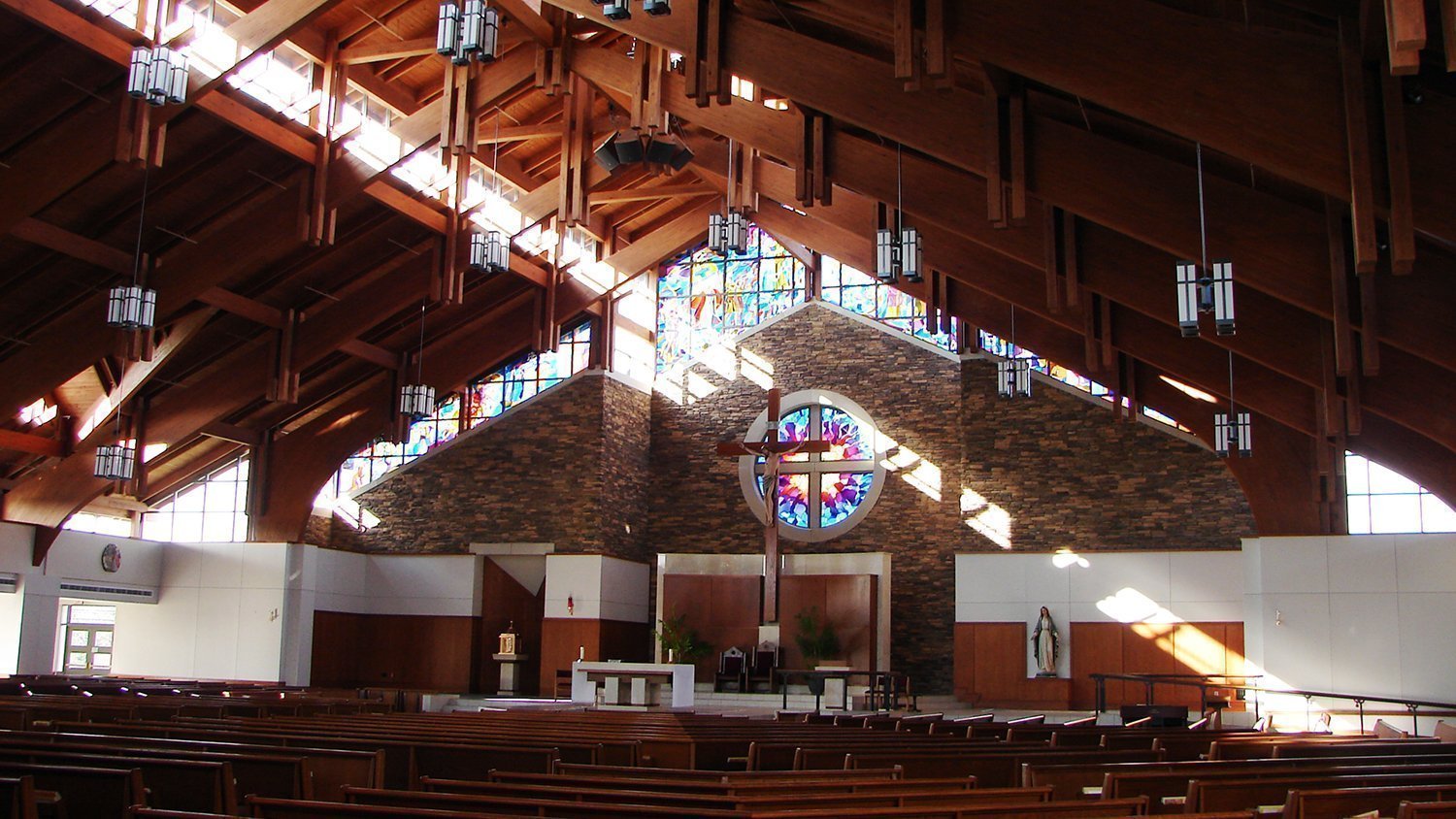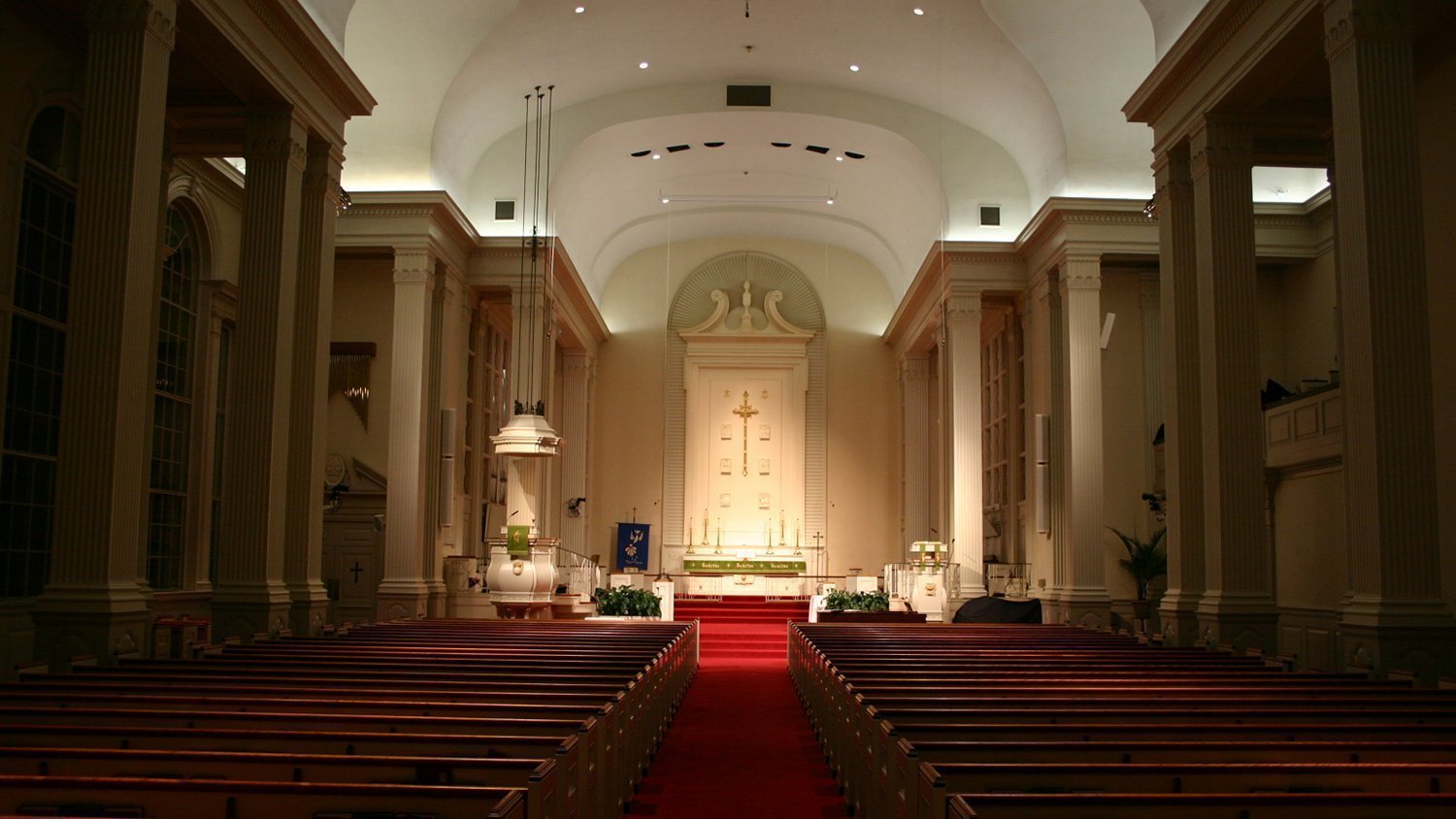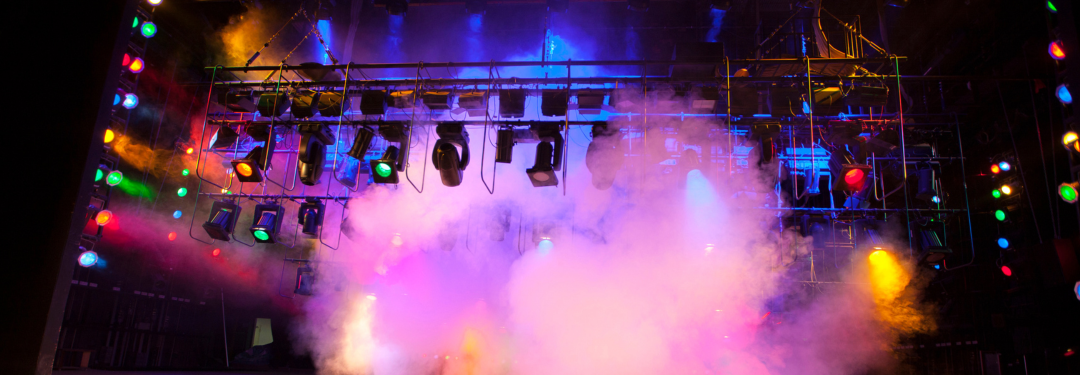
Theatrical Lighting 101: The Basics
The magic of a theatrical performance is not just in its compelling script or talented performers; it’s also in the ambiance created by the lighting. Theatrical lighting is an art form that transforms a stage into a canvas, where light and shadow play crucial roles in conveying emotions and setting the mood. Starlite understands the power of lighting in bringing a production to life. With years of expertise in providing theatrical lighting solutions, we’re here to shed light on the essentials.
Understanding Theatrical Lighting
Theatrical lighting refers to the practice of using light and lighting effects to enhance, support, and integrate with the performance of a theatrical production. It’s a crucial element in creating the atmosphere, mood, and visual impact of stage plays, musicals, operas, dance performances, and other live events. Theatrical lighting goes beyond merely illuminating the stage and actors. It is an art form that contributes significantly to the storytelling and emotional experience of the audience.
Why is lighting important to any theatrical event?
Lighting plays a pivotal role in theatrical events for several reasons, each contributing to the overall impact and success of the production:
Visibility: At its most basic, lighting ensures the audience can see the performers and the set. Good lighting makes it possible to focus attention on the main action and ensures that facial expressions and movements are visible, even to those seated far from the stage.
Atmosphere: Lighting is a powerful tool for setting the mood of a scene. It can evoke emotions, from happiness and tranquility to tension and fear. For example, warm, soft lighting can create a soft, intimate atmosphere, while stark, harsh lighting can convey a sense of danger or unease.
Guiding the Audience’s Attention: Lighting directs the audience’s focus to where it needs to be at any given moment. It can highlight a single individual, a group, or a specific part of the set, guiding the audience through the story.
Enhancing Scenic Design: Lighting can complement and enhance the scenic design, adding depth and dimension to the stage. It can create the illusion of different times of day, change the perceived setting, or highlight specific aspects of the set.
Creating Special Effects: Lighting is essential for creating various special effects on stage. This includes simulating natural phenomena like sunrise, or sunset, and creating abstract effects that contribute to the storytelling.
Enhancing Performance: Good lighting enhances the performers’ work, allowing them to convey their characters’ emotions and intentions more effectively. It can also influence the pace and rhythm of the performance.
Technical and Safety: Proper lighting is crucial for the safety of performers and crew members. It ensures that everyone can see clearly, preventing accidents and ensuring smooth scene changes and movements on stage.
What lighting is used in theatre?
A variety of lighting types are employed to achieve the desired artistic effects. Each type of lighting serves a specific purpose and contributes uniquely to the overall production.
- Ellipsoidal Spotlights: These lights, often called “lekos”, are versatile and can be focused to create a sharp or soft-edged beam. They are often used for their ability to shape light using shutters and to project patterns (gobos).
- PARs: These are versatile, easy-to-use lights that produce a variety of looks from a concentrated beam to soft, blended washes. They can be used for general stage coverage or lighting scenery. In addition to theatre, they are often used in concerts and dance performances.
- Intelligent Lighting: These automated lights can be programmed to move, change colors, and alter patterns. They are used for dynamic lighting effects, quick repositioning of “specials” and projection of gobos and effects.
- Striplights: These linear fixtures can be placed either on the stage floor or hung from a pipe batten. They are often used to light cycloramas and other backdrops. Some units have asymmetrical optics, providing even lighting from top to bottom.
- Followspots: Followspots are instruments that are manually controlled by an operator. The operator has control of movement, color, and beam size. They are primarily used to highlight actors, but can also be used to highlight props or specific areas of the stage.
While many of these fixture types were traditionally lamp-based, LED lighting has become increasingly popular in theatre. Some of the advantages of LED lighting include:
- less maintenance
- low heat emission
- increased energy efficiency
Lighting Design Basics
How do you light a theatre stage?
Lighting a theatre stage is a complex and creative process that involves a combination of technical expertise and artistic vision. Here’s an overview of how this is typically done:
- Understand the Vision: The first step is to understand the narrative, emotional tone, and specific requirements of the production to ensure that the lighting supports the overall vision.
- Develop a Lighting Plan: This plan outlines where lights will be placed, the types of lights used, and how they will be used to create different effects.
- Choose the Right Equipment: Selecting the appropriate lighting fixtures is crucial. Choices depend on the desired effect – for instance, whether the scene calls for sharp focused light, soft washes, or colored lighting.
- Set Up and Position Lights: Lights are positioned based on the lighting plan. This involves placing lights at various angles and heights – front, back, side, overhead – to achieve the desired illumination and shadow effects.
- Rehearsals and Adjustments: During rehearsals, the lighting crew adjusts the lighting as needed. This phase often requires fine-tuning to perfect the look and feel of each moment of a performance.
- Safety Considerations: Throughout the setup and operation, safety is paramount. This includes securing all fixtures and cables, ensuring the lighting does not create hazardous conditions, and complying with all relevant safety standards.
Lighting a theatre stage is an art that combines technical skill with creative vision. This is achieved through various lighting setups, each designed to evoke specific emotions and enhance the storytelling. The use of color in lighting is particularly impactful. Different colors can dramatically alter the audience’s perception of a scene. Warm colors like reds and oranges can evoke feelings of warmth and passion, while cooler colors like blues and greens can create a sense of calm or sadness. Color choices can also have a significant impact on the appearance of costumes and scenery. This application of color theory is crucial in designing effective theatrical lighting.
Another important aspect is the balance between light and shadow. This balance is key to creating visual depth and dimension on stage. The strategic use of shadows can highlight certain elements, create mood, and add a sense of realism to the production. It’s not just about illuminating the space; it’s about shaping the light to enhance the visual storytelling.
The process of designing theatrical lighting is highly collaborative. Starlite specializes in providing custom lighting solutions tailored to the unique needs of each production. Our team works closely with clients to understand their vision and create lighting designs that bring their ideas to life. Our recent projects, which can be explored here, showcase our diverse capabilities and commitment to innovation in theatrical lighting.
Our commitment to quality, innovation, and customer satisfaction sets the team at Starlite apart. We’re ready to assist whether you’re looking for a custom lighting solution or need expert advice on your next production. Contact us today to bring your theatrical vision to light, and let us help you create an unforgettable stage experience.
